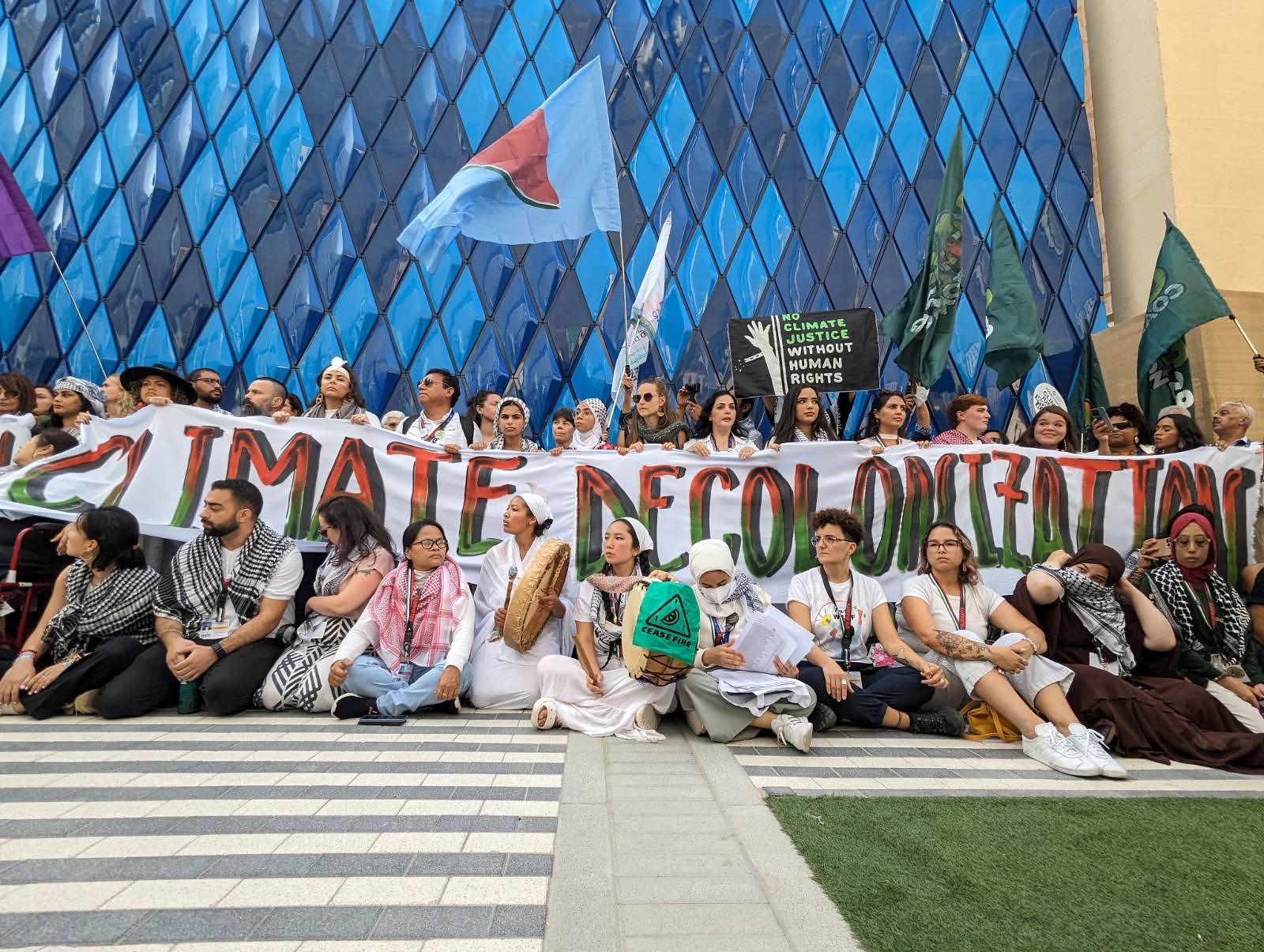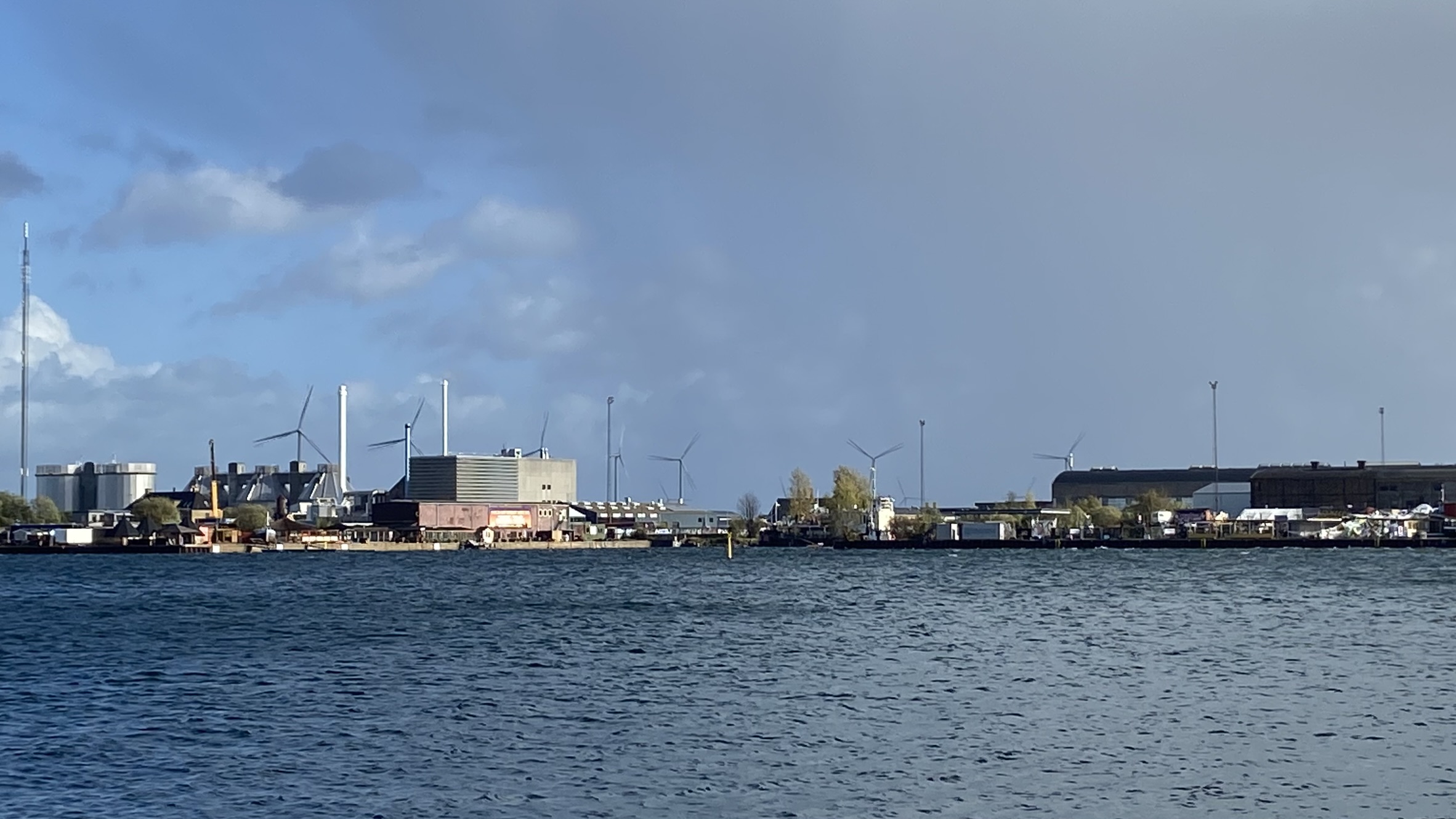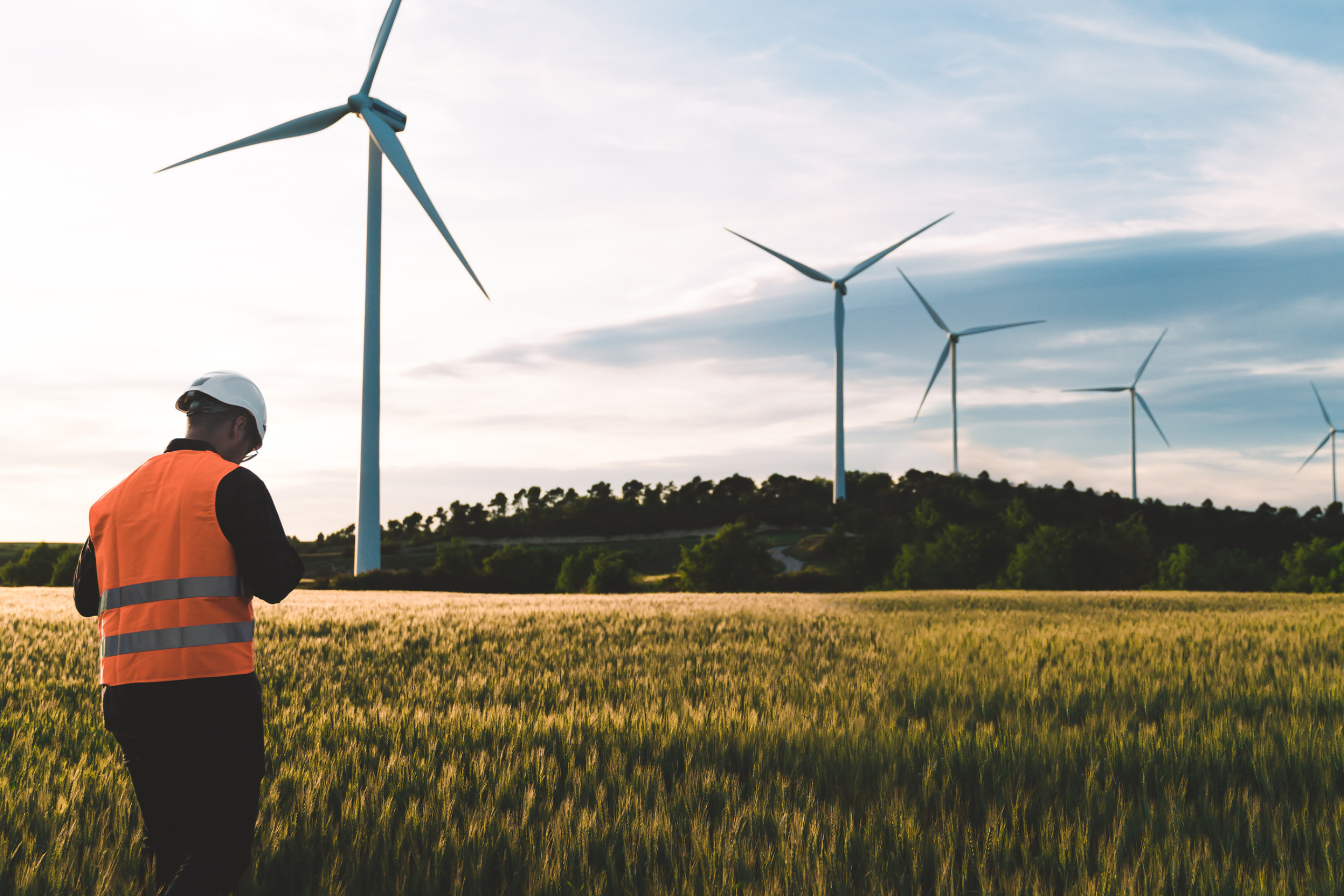A Relationship On The Rocks
The success of addressing the climate crisis is dependent on developed and developing nations understanding and cooperating closely with each other. Granted, this relationship has never been harmonious, but the chasm becomes particularly pronounced during UN climate change negotiations. To the impartial observer there appears no love lost between developed and developing nations.
The obvious divide between these two distinguishable groups was particularly visible during the most recent UN climate change negotiations in Glasgow and Bonn, where tactics of delay and postponement of concrete measures were employed by negotiators representing the interests of developed nations. These were supplemented with calls from developed nations downplaying the role of climate science within the negotiations, as this would necessitate more substantial and concrete climate action measures on the behalf of developed nations.
As the only legitimized multilateral space in which negotiators representing national interests are mandated to make binding decisions, UN climate change negotiations are pivotal for achieving the so urgently needed progress on halting the climate crisis and supporting those who have been disproportionately affected. However, actual progress remains scarce in terms of meaningful mitigation efforts to stay within the 1.5°C warming threshold with current climate action pledges projected to result in at least a 2.7°C temperature rise by the end of the century. In addition, there has been little advancement in adaptation efforts or compensating for loss and damage, a term used to describe the economic and non-economic destruction caused by climate change-induced extreme events such as storms, floods, droughts or heatwaves. As some might say, it’s a far cry from the city of love (referring to the Paris Agreement, itself however fraught with deficiencies).
One key reason experts cite for the lack of progress around mitigation, adaptation, and loss and damage is the significant shortfall of international climate finance. Essentially, developed nations are not fulfilling their commitments around climate finance for developing nations. This issue has become so contentious that Oxfam wrote in a recent report: “Excessive use of loans and the provision of non-concessional finance in the name of climate assistance is an overlooked scandal”.
The Concept of Climate Finance and Its Origins
Climate finance is a broad term used to describe funds made available by developed states to developing states for responding to the climate crisis. It is intended to facilitate the transition within developing nations towards sustainable economic systems and renewable energy, and to facilitate adaptation in order to reduce vulnerability to extreme events. Eventually, as stated in Article 8 of the Paris Agreement, climate finance is also intended as a funding mechanism to respond to Loss and Damage after extreme events have occurred, however provisions to operationalize this aspect of climate finance has been met with fierce resistance from developed countries.
Climate finance has its origins in the principle of “common but differentiated responsibilities and respective capabilities” (CBDR-RC). Paragraph 1 in Article 3 of the United Nations Framework Convention on Climate Chance (UNFCCC) from the 1992 Earth Summit in Rio states “The Parties should protect the climate system for the benefit of present and future generations of humankind, on the basis of equity and in accordance with their common but differentiated responsibilities and respective capabilities. Accordingly, the developed country Parties should take the lead in combating climate change and the adverse effects thereof”.
The intension was to make clear that while all states have a shared obligation to avert, minimize and address the impacts of the climate crisis, the distribution of responsibility is not by any means equal. Some nations have caused the climate crisis to a far greater degree than others, primarily through colonization and capitalist over-accumulation, and as a result also have far greater capacities to accelerate the transition necessary to prevent further global warming. Therefore, international climate finance is intended to flow from developed nations to developing nations.
This principle has shaped UN climate change negotiations since their inception in 1992, and has also led to the differentiation between developed (listed under Annex I and II of the convention) and developing nations (listed as non-Annex). However, the principle is coming under attack from developed nations wanting to evade the burden of responsibility, whilst being vociferously defended by developing nations and civil society organizations.
The Importance of Climate Finance Today
The issue is crucial today for several reasons. Firstly, the impacts of the climate crisis are well and truly upon us. The clearest of illustrations around the urgency for climate finance is not only offered to us through various increasingly extreme events across the world in the form of dry riverbeds, all-consuming forest fires, or debilitating heatwaves, but is also presented clearly in the second part of the Sixth Assessment Report released by the Intergovernmental Panel on Climate Change (IPCC) last year. The report, compiled by the most prestigious climate scientists academia has to offer, states that “Human-induced climate change, including more frequent and intense extreme events, has caused widespread adverse impacts and related losses and damages”. It goes on to estimate that approximately 3.3 to 3.6 billion people live in contexts of high vulnerability to the adverse impacts of climate crises as a result of ongoing patterns of inequity, such as (amongst others) colonialism and societal marginalization.
Secondly, the commitments being made by developed states for international climate finance are grossly insufficient. After arduous wrangling between parties at the UN climate change negotiations in Copenhagen in 2009, the amount of 100 billion US dollar per year in international climate finance resulted from a back door agreement from rich countries after consensus could not be reached during the official negotiations. As the amount was settled upon rather arbitrarily and not directly informed by science, it has since been heavily criticized by developing countries and civil society representatives as not being even close to the amount needed. For instance, a recent study estimates the economic loss and damage caused by US greenhouse gas emissions alone amounts to almost 2 trillion US dollar.
To make matters worse, developed states aren’t living up to the insufficient commitments made. An OECD report released in September 2021 revealed that “Climate finance provided and mobilised by developed countries for developing countries totaled USD79.6 billion in 2019, up 2 per cent from USD78.3 billion in 2018.” The commitment of 100 billion US dollar per year has therefore still not been reached, and additionally most of those funds which have been provided have significant strings attached. With the upcoming climate change negotiations in November taking place on the African continent, a region in which the issue of people living in vulnerable contexts is particularly relevant, climate finance plays an important role. It is therefore key to analyze the progression (or lack thereof) of climate finance in the UN climate change negotiations, and how developed countries are undermining agreements made in the spirit of the principle of common but differentiated responsibility.
It’s Complicated: Climate Finance Within The Climate Negotiations
Climate finance in the negotiations is complicated because there is no formally agreed definition of what ‘climate finance’ includes, making it subject to assumptions and interpretations. There is, however, the general understanding that it is funding from public, private and alternative sources of finance to support climate action in developing countries for reducing greenhouse gas emissions (mitigation) and resilience-building (adaptation).
Central to the negotiations are not only the CBDR principle, but also two other principles of international environmental law: the ‘Polluter Pays Principle’, stating that those responsible for harm must pay to alleviate its consequences, and the ‘Do No Harm Principle’, whereby states are duty-bound to prevent, reduce and control the risk of environmental harm to other states. This is key, as having built and enriched their economies at the expense of natural resource extraction and labor exploitation from developing countries, developed countries have a ‘historical responsibility of emissions’ to support developing countries today.
There was agreement at the 2009 Copenhagen Climate Conference on ‘new and additional’ finance commitments by developed countries. This means that climate finance is separate and in addition to the existing conventional development aid commitments, towards economic growth and poverty reduction of developing countries that suffered slavery, exploitation and oppression under colonialism.
At COP26 in Glasgow, developed countries acknowledged ‘with regret’ that they had fallen short of their promise to mobilize 100 billion US dollar a year by 2020, and that this target may not even be reached until 2023. Disappointing as this may be, the inadequacy of financial resources mobilized is not the only driving wedge between global South and North. Alarmingly, most of public finance reported by developed countries actually come from their respective ODA budgets. This means the funds have been ‘double counted’ asboth ODA andclimate finance, in spite the necessity to provide “new and additional” funding.
Furthermore, much of the climate finance delivered so far has been in the form of loans instead of grants, thus increasing developing countries’ debt burden. A huge chunk of the funding (70 percent) goes to projects which reduce greenhouse gas emissions such as solar farms, electric cars and others that guarantee returns on investment rather than on initiatives that build resilience against climate shocks, despite an agreement on balanced funding for both mitigation and adaptation (currently standing at 21 percent). And worse, despite recognizing that loss and damage to lives, property and livelihood are increasing, there is still no mechanism or resources to support rebuilding, reconstruction and rehabilitation efforts of affected communities from both sudden and slow onset events.
It’s Even More Complicated: Loss and Damage Within The Climate Negotiations
Controversial and still unresolved discussions around historical responsibility for climate change make negotiations on Loss and Damage thorny. Developed countries argue to include support for Loss and Damage within the existing scope of conversations and processes for adaptation, humanitarian emergency support, disaster risk reduction, and poverty reduction. Developing countries, however, argue that Loss and Damage goes beyond adaptation, therefore requiring additional and distinct instruments and finance. This is an important distinction, as humanitarian assistance is a voluntary contribution to people and communities in the event of natural disasters, wars, famine, and others, often on a short-term basis to overcome immediate needs for support. ODA or aid money aims to meet long-term development objectives to achieve food security, economic and political stability of developing countries. Loss and damage finance, on the other hand, is seen as support provided for needs resulting from climate impacts, and is delivered following the principles of equity, justice and historical responsibility, and guided by scientific evidence and conclusions. This is what separates Loss and Damage finance from development assistance and humanitarian aid.
The demand for Loss and Damage payments have been in the climate negotiations since 1991. More tangible progress in this area did not really start to take shape until much later in 2011 with the decision to establish an Loss and Damage work programme, and then in 2013 with the initiation of the Warsaw International Mechanism (WIM), a body to deal specifically with issues relating to Loss and Damage. The 2015 Paris Agreement recognized the need for finance, policy measures and technical support to carry out critical work on addressing Loss and Damage. There was a serious loophole, however, that let rich countries off the hook by saying that this recognition does not involve or provide a basis for any liability or compensation.
Developing countries went to COP26 with the demand that rich countries pay up for climate damages with the establishment of a dedicated funding facility for new financial support to address Loss and Damage in addition to adaptation and mitigation finance. After intense pressure from rich countries, what was ultimately agreed upon was a ‘watered-down’ 3-year Glasgow Dialogue process to discuss the arrangements for the funding of activities to avert, minimize and address Loss and Damage. The problem with this is that the Glasgow Dialogue does not come with clearly defined milestones and outcomes for actually providing finance – which risks turning into idle talk, an inappropriate outcome in view of the urgency of finding a solution in vulnerable developing countries and communities commensurate with the scale of the impacts endured and anticipated.
What To Expect From COP27 in Sharm-El-Sheikh
Looking toward COP27 in Sharm-el-Sheikh, oil and gas lobbyists have ample fodder to blame lack of progress on. The Russian invasion of Ukraine and the resulting energy supply shortages seems to have demoted climate action down the list of priorities amongst domestic agendas in numerous key UN member states.
By hosting this year’s UN 27th Conference of the Parties (COP27), Egypt has positioned itself as Africa’s climate leader, putting a lot of effort to secure commitments to support developing countries’ efforts not just for adaptation, but also on compensating heavy losses and damages due to climate impacts. As COP President, Egypt’s role is crucial in providing the much-needed political steer especially when negotiations are seemingly locked-in endless debates without a clear acceptable outcome in sight. And at COP27, climate adaptation and Loss and Damage will be the key fights.
At Sharm-el-Sheikh, at the very least, the 100 billion US dollar per year by 2020 climate finance pledge must be met. Rich countries’ pledge to double up new and additional adaptation finance also needs to see fruition, especially considering that 65 percent of pledges for the Adaptation Fund from COP26 are yet to be delivered. And of course, developing countries’ demand for the establishment of a stand-alone Loss and Damage Facility needs to be agreed on at COP27. These are but bare minimums that the climate summit should deliver to restore trust in multilateral climate diplomacy. Unfulfilled commitments towards financing climate action should neither be normalized nor condoned.
As Egypt prepares the resort city of Sharm el-Sheikh for the climate summit, some analysts question how it can truly be a climate champion as it continues to rein in civil society and increase dependency on fossil fuels. Some are of the opinion that Egypt is making an attempt to optimize its public relations gains as COP host government to deflect criticism of its abysmal human rights record. One thing is clear – under the restrictive and inaccessible conditions of COP27, the responsibility is heightened on the shoulders of those civil society representatives for whom access has been enabled. COP 27 is happening in the midst of interconnected crises of inequality and uncertainty. And the world needs for its leaders to make the right decisions and to take meaningful action to what will really benefit the people and planet. We simply do not have the time for anything less.
Tetet Lauron lives in the Philippines and works as a consultant to the Rosa Luxemburg Stiftung – New York Office.
David Williams is the Director of Rosa Luxemburg Stiftung’s International Climate Justice Program.
(Top Photo by DANIEL LEAL/AFP via Getty Images)



